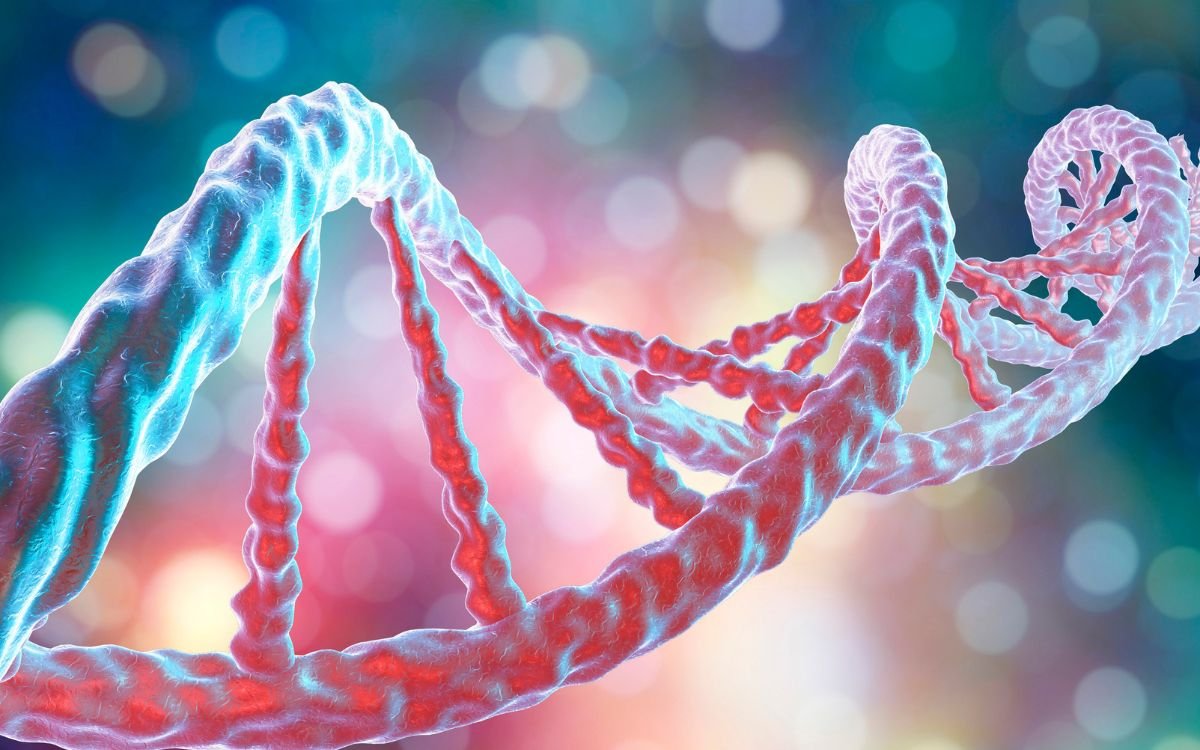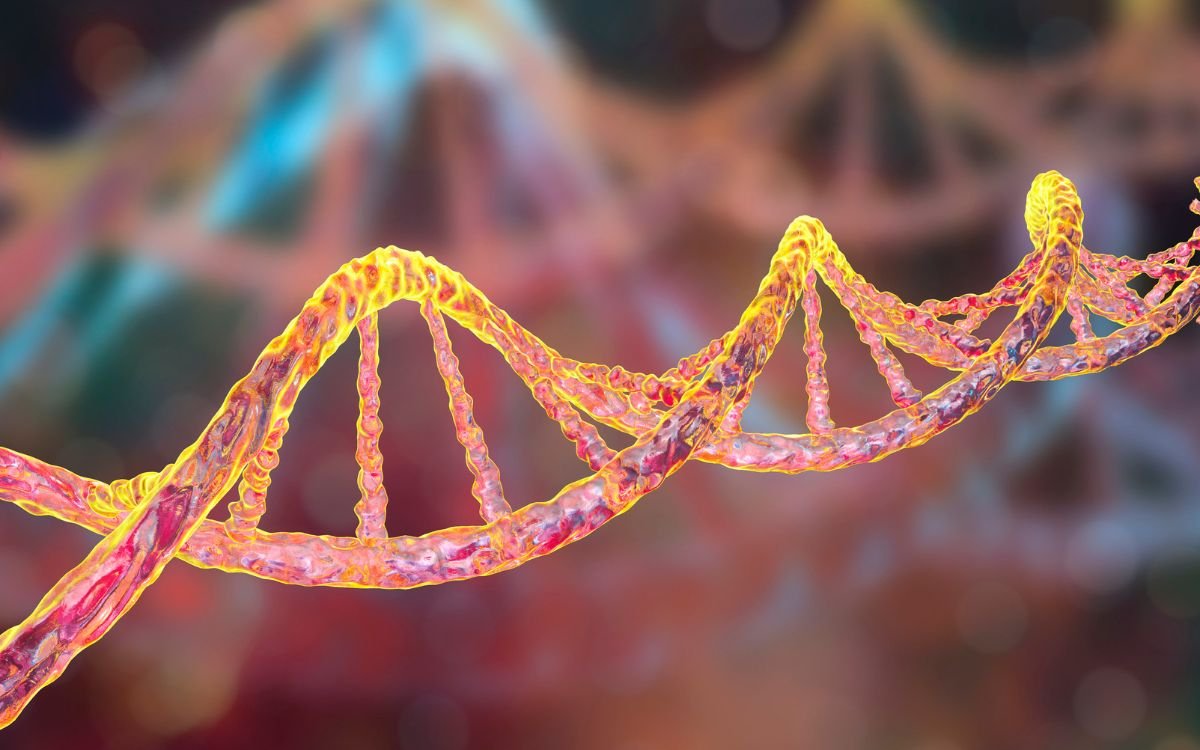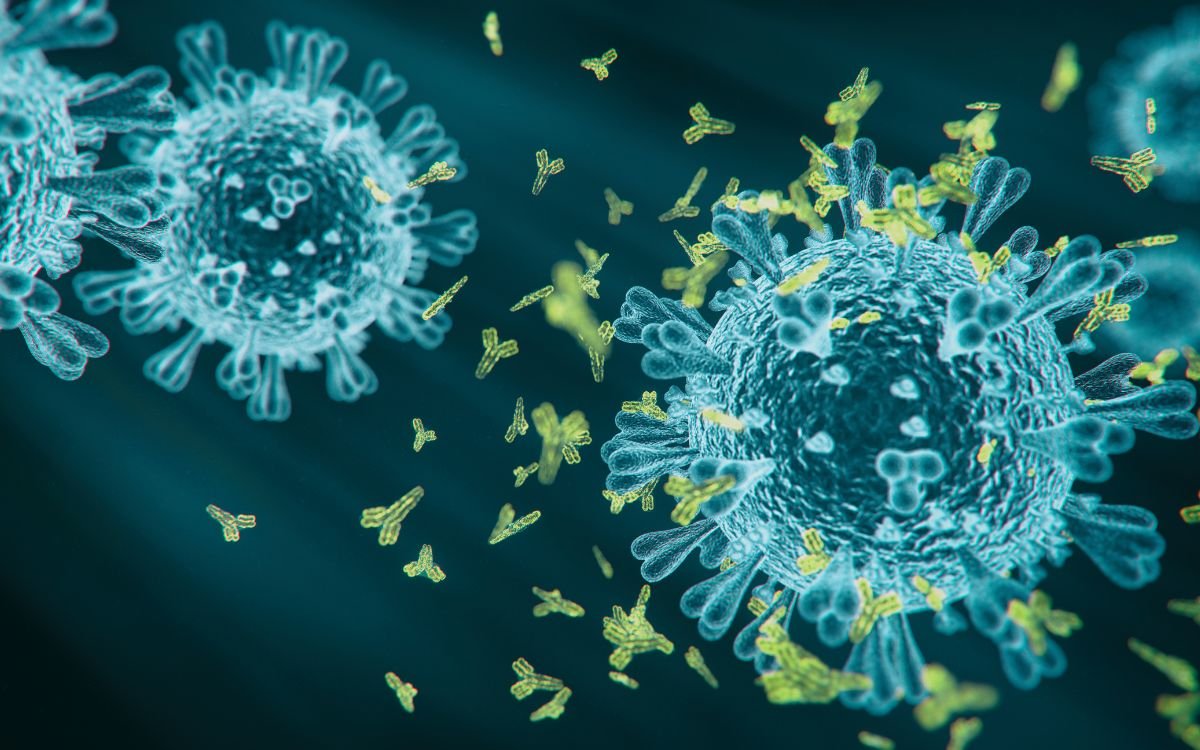This blog will discuss the second-line treatment of multiple myeloma, a blood cancer that affects antibody-producing plasma cells. Multiple myeloma leads to the accumulation of abnormal plasma cells in the bone marrow, disrupting normal blood cell production. Multiple myeloma can also harm various organs, such as the kidneys, bones, and nerves. Multiple myeloma is an incurable disease, but it can be treated with different types of drugs that aim to control the cancer cells, ease symptoms, and enhance quality of life. The second-line treatment of multiple myeloma choice depends on several factors, such as the disease stage, the patient’s age, general health, and preferences, and the availability and cost of the drugs.
The first-line treatment for multiple myeloma usually involves a combination of drugs that target different aspects of the cancer cells. These drugs include proteasome inhibitors (PIs), immunomodulatory drugs (IMiDs), monoclonal antibodies (mAbs), corticosteroids, and chemotherapy agents. Some patients may also undergo an autologous stem cell transplant (ASCT), which involves collecting the patient’s own stem cells, giving high-dose chemotherapy to destroy the cancer cells, and then infusing the stem cells back into the patient to restore the bone marrow function.
However, MM is a complex and dynamic disease that can become resistant to the first-line treatment over time. This means that the cancer cells can adapt and survive despite the treatment, leading to disease progression or relapse. When this happens, patients may need a second-line treatment of multiple myeloma, which is also known as salvage or relapsed/refractory treatment. The second-line treatment of multiple myeloma is similar to the first-line treatment in terms of using a combination of drugs that target different aspects of the cancer cells. However, the choice of drugs may differ depending on several factors, such as the type and duration of the first-line treatment, the response and side effects of the first-line treatment, and the availability and cost of the drugs.
In this article, we will explore some of the current options and future possibilities for second-line treatment of multiple myeloma, based on the latest evidence and guidelines.

Current choices for second-line treatment of multiple myeloma
There are several options for second-line treatment of multiple myeloma, depending on whether the patient has received an ASCT or not.
For patients who have received an ASCT as part of their first-line treatment, the second-line treatment of multiple myeloma options include:
- A triplet regimen of PI + IMiD + mAb or corticosteroid
- A triplet regimen of PI + IMiD + corticosteroid
- A doublet regimen of PI + mAb or corticosteroid
- A doublet regimen of IMiD + mAb or corticosteroid
- A single-agent mAb
- A salvage ASCT
For patients who have not received an ASCT as part of their first-line treatment, the second-line treatment of multiple myeloma options include:
- A triplet regimen of PI + IMiD + mAb or corticosteroid
- A triplet regimen of PI + IMiD + corticosteroid
- A doublet regimen of PI + mAb or corticosteroid
- A doublet regimen of IMiD + mAb or corticosteroid
- A single-agent mAb
- An ASCT
Some examples of specific drugs that can be used in these regimens are:
- PIs: bortezomib (Velcade), carfilzomib (Kyprolis), ixazomib (Ninlaro)
- IMiDs: lenalidomide (Revlimid), pomalidomide (Pomalyst), thalidomide (Thalomid)
- mAbs: daratumumab (Darzalex), elotuzumab (Empliciti), isatuximab (Sarclisa)
- Corticosteroids: dexamethasone (Decadron), prednisone (Deltasone)
- Chemotherapy agents: cyclophosphamide (Cytoxan), melphalan (Alkeran), doxorubicin (Adriamycin)
The choice of specific drugs depends on several factors, such as:
- The type and duration of the first-line treatment: For example, if a patient has received bortezomib, they may benefit from switching to carfilzomib or ixazomib as part of their second-line treatment. Similarly, if a patient has received lenalidomide as part of their first-line treatment, they may benefit from switching to pomalidomide or thalidomide as part of their second-line treatment.
- The response and side effects of the first-line treatment: For example, if a patient has had a good response to the first-line treatment, they may benefit from continuing the same drugs or adding a new drug as part of their second-line treatment. However, if a patient has had a poor response or severe side effects to the first-line treatment, they may benefit from changing to a different class of drugs or a different combination as part of their second-line treatment of multiple myeloma.
- The availability and cost of the drugs: For example, some drugs may not be available or affordable in some countries or regions, which may limit the choice of second-line treatment for some patients.
The goal of the second-line treatment of multiple myeloma is to achieve the best possible response and prolong the duration of remission while minimizing the toxicity and maintaining the quality of life. The response to the second-line treatment of multiple myeloma can be measured by various criteria, such as:
- The reduction in the level of M-protein, which is a marker of MM activity in the blood or urine
- The reduction in the percentage of plasma cells in the bone marrow
- The improvement in blood counts and organ function
- The resolution or improvement of symptoms and complications
The duration of remission can be measured by the time from the start of the second-line treatment of multiple myeloma to the time of disease progression or relapse. The average duration of remission after the second-line treatment is about 12 to 18 months, but it can vary depending on several factors, such as:
- The type and duration of the first-line treatment
- The type and duration of the second-line treatment
- The response and side effects of the second-line treatment
- The genetic and molecular features of the MM cells
- The patient’s age, general health, and preferences
The toxicity and quality of life can be measured by various criteria, such as:
- The frequency and severity of adverse events, such as infections, bleeding, neuropathy, fatigue, nausea, diarrhea, etc.
- The impact on the physical, emotional, social, and functional aspects of life
- The need for supportive care, such as antibiotics, blood transfusions, pain medications, etc.
The choice and duration of the second-line treatment of multiple myeloma can be adjusted based on these criteria and the patient’s preferences and goals. For example, some patients may prefer a more aggressive approach to achieve better response and longer remission, while others may prefer a more conservative approach to avoid severe side effects and preserve their quality of life. The current standard of care is to include an anti-CD38 monoclonal antibody in first- or second-line treatment of multiple myeloma. The combination of effectiveness and low side effects makes these agents particularly good choices for almost all patients.
Options may include chemotherapy with stem cell transplantation, immunotherapy drugs, targeted therapies, and novel drug combinations. Patients with active myeloma or light chain amyloidosis are often given a combination of 2 or 3 drugs. The chosen drugs depend on the patient’s health (including kidney function) and whether a stem cell transplant is planned. Often, a combination containing bortezomib, lenalidomide, and dexamethasone is used. However, some patients may not respond well to this combination or develop resistance or intolerance over time. In such cases, other drugs or combinations may be considered for second-line treatment of multiple myeloma.

Future prospects for second-line treatment of multiple myeloma
The field of multiple myeloma research is rapidly evolving and bringing new insights into the biology and behavior of multiple myeloma cells. This has led to developing and approving new drugs and combinations that can target multiple myeloma cells more effectively and selectively. Some examples of these new drugs and combinations are:
- Belantamab mafodotin (Blenrep): This is a mAb that targets BCMA (B-cell maturation antigen), a protein highly expressed on multiple myeloma cells. Belantamab mafodotin delivers a toxic substance called MMAF (monomethyl auristatin F) to multiple myeloma cells, causing them to die. Belantamab mafodotin was approved by the FDA in 2020 for patients with relapsed/refractory multiple myeloma who have received at least four prior therapies.
- Idecabtagene vicleucel (Abecma): This is a type of CAR T-cell therapy (chimeric antigen receptor T-cell therapy), which involves collecting the patient’s own T-cells (a type of immune cell), genetically modifying them to recognize BCMA on multiple myeloma cells, expanding them in the laboratory, and then infusing them back into the patient. The modified T-cells then seek out and kill multiple myeloma cells. Idecabtagene vicleucel was approved by the FDA in 2021 for patients with relapsed/refractory multiple myeloma who have received at least four prior therapies.
- Cilta-cel (ciltacabtagene autoleucel): This is another type of CAR T-cell therapy that targets BCMA on multiple myeloma cells. Cilta-cel has shown promising results in clinical trials for patients with relapsed/refractory multiple myeloma who have received at least three prior therapies. Cilta-cel is currently under review by the FDA for approval.
- Melflufen (Pepaxto): This is a type of peptide-drug conjugate that targets aminopeptidases, which are enzymes that are overexpressed on MM cells. Melflufen delivers a toxic substance called melphalan to multiple myeloma cells, causing them to die. Melflufen was approved by the FDA in 2021 for patients with relapsed/refractory multiple myeloma who have received at least four prior therapies.
- Selinexor (Xpovio): This is a type of selective inhibitor of nuclear export (SINE) that blocks the export of tumor suppressor proteins from the nucleus to the cytoplasm, leading to the accumulation of these proteins in the nucleus and the induction of cell death. Selinexor was approved by the FDA in 2019 for patients with relapsed/refractory multiple myeloma who have received at least four prior therapies.
- Venetoclax (Venclexta): This type of BCL-2 inhibitor blocks a protein called BCL-2, which helps multiple myeloma cells survive. Venetoclax has shown promising results in clinical trials for patients with relapsed/refractory MM who have a specific genetic abnormality called t(11;14), which involves the translocation of parts of chromosomes 11 and 14. Venetoclax is currently under review by the FDA for approval.
- Bispecific antibodies: These can bind to two targets, such as BCMA and CD3. CD3 is a protein expressed on T-cells, immune cells that can kill cancer cells. By binding to both BCMA and CD3, bispecific antibodies can bring T-cells and multiple myeloma cells together, activating and killing multiple myeloma cells. Several bispecific antibodies are currently in clinical trials for patients with relapsed/refractory MM, such as teclistamab, talquetamab, elranatamab, and REGN5458.
- Antibody-drug conjugates: These are antibodies that are linked to a toxic substance that can kill cancer cells. By targeting a specific protein on multiple myeloma cells, antibody-drug conjugates can deliver the toxic substance to multiple myeloma cells, sparing normal cells. Several antibody-drug conjugates are currently in clinical trials for patients with relapsed/refractory multiple myeloma, such as GSK2857916, DFRF4539A, and AMG 701.
These new drugs and combinations offer new hope and opportunities for patients with relapsed/refractory MM who have exhausted the current options for second-line treatment of multiple myeloma. However, they also pose new challenges and questions that require further research and collaboration among scientists, clinicians, patients, regulators, and payers.
The choice of second-line treatment of multiple myeloma should be based on the patient’s characteristics, preferences, and goals, as well as the best available evidence and guidelines. Patients should also be informed of the potential benefits and risks of the new drugs and combinations, and participate in clinical trials if eligible and interested. The new drugs and combinations for second-line treatment of multiple myeloma may have different mechanisms of action, efficacy, and toxicity profiles than the existing options. Therefore, careful monitoring and management of adverse events, such as infections, bleeding, neuropathy, fatigue, nausea, diarrhea, etc., is essential to ensure the safety and quality of life of patients.
The new drugs and combinations for second-line treatment of multiple myeloma may also have different costs and availability than the existing options. Therefore, access and affordability issues need to be addressed to ensure that all patients who can benefit from these treatments can receive them. The new drugs and combinations for second-line treatment of multiple myeloma may also have different resistance patterns than the existing options. Therefore, biomarkers and molecular tests need to be developed and validated to identify the optimal candidates for these treatments and to monitor their response and progression.
Conclusion
Multiple myeloma is a type of blood cancer that affects plasma cells in the bone marrow. Multiple myeloma is not a curable disease, but it can be managed with different types of treatments that aim to control the growth of the cancer cells, relieve symptoms, and improve quality of life. The first-line treatment for multiple myeloma usually consists of a combination of drugs that target different aspects of the cancer cells. However, multiple myeloma can become resistant to the first-line treatment over time, leading to disease progression or relapse. When this happens, patients may need a second-line treatment of multiple myeloma, which is also called salvage or relapsed/refractory treatment.
The second-line treatment for multiple myeloma is similar to the first-line treatment in terms of using a combination of drugs that target different aspects of the cancer cells. However, the choice of drugs may vary depending on several factors, such as the type and duration of the first-line treatment, the response and side effects of the first-line treatment, and the availability and cost of the drugs. The goal of the second-line treatment is to achieve the best possible response and prolong the duration of remission, while minimizing the toxicity and maintaining the quality of life.
The field of multiple myeloma research is rapidly evolving and bringing new insights into the biology and behavior of multiple myeloma cells. This has led to the development and approval of new drugs and combinations that can target multiple myeloma cells more effectively and selectively. These new drugs and combinations offer new hope and opportunities for patients with relapsed/refractory multiple myeloma who have exhausted the current options for second-line treatment of multiple myeloma. However, they also pose new challenges and questions that require further research and collaboration.
Multiple myeloma is a complex and dynamic disease that requires a personalized and multidisciplinary approach to treatment. Patients with multiple myeloma should consult with their health care team to discuss the best options for their second-line treatment of multiple myeloma, considering their individual characteristics, preferences, and goals. Patients should also be aware of the potential benefits and risks of the new drugs and combinations for second-line treatment of multiple myeloma, and participate in clinical trials if eligible and interested. Patients should also seek support from their family, friends, and other sources, such as patient advocacy groups and online communities.
Multiple myeloma is a challenging disease, but it is not a hopeless one. With the advances in research and treatment for second-line treatment of multiple myeloma, patients with multiple myeloma can live longer and better lives than ever before.





























